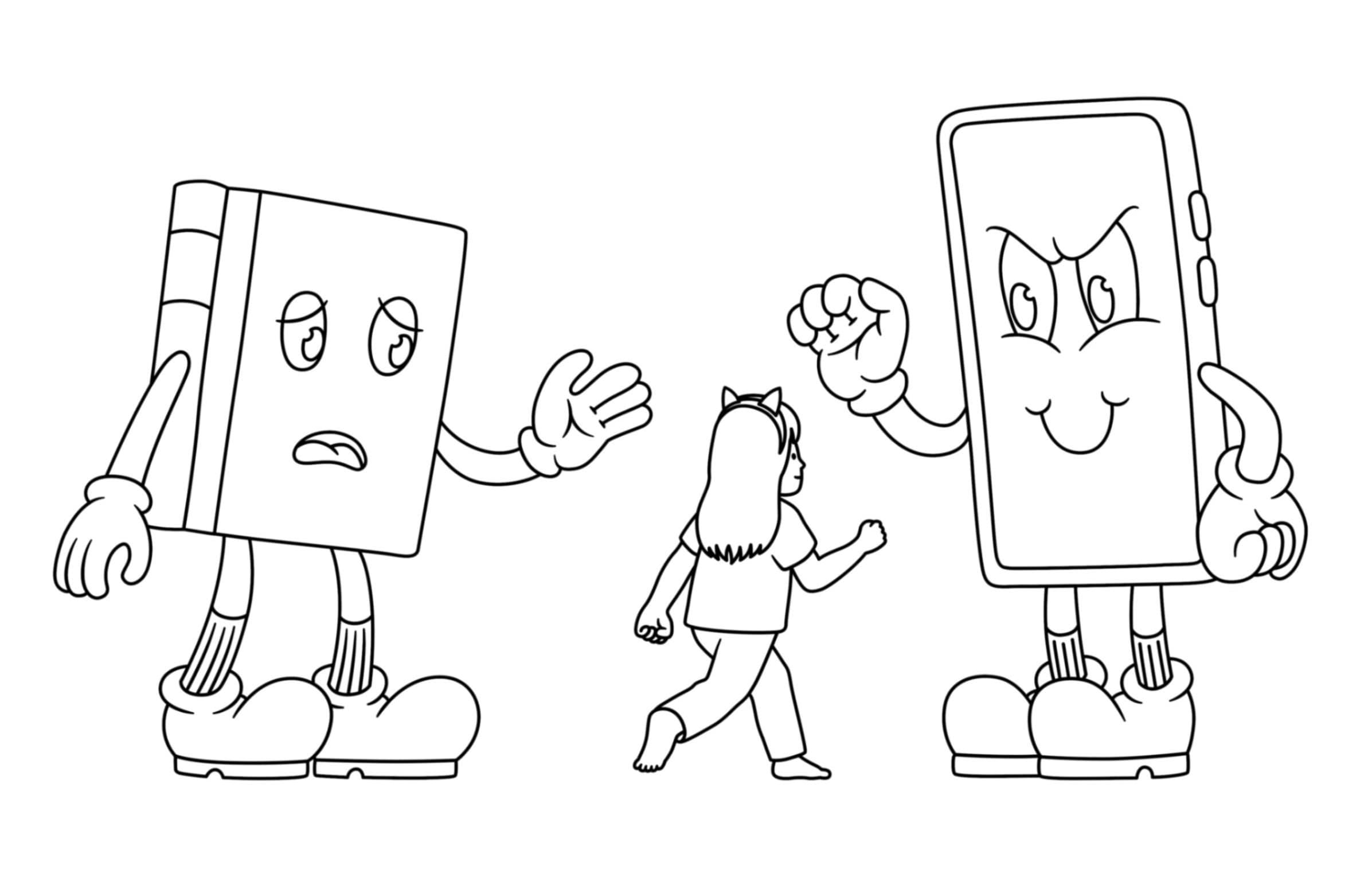
Rethinking Communication for Students with Autism: Meeting Them Where They Are
Rethinking Communication for Students with Autism: Meeting Them Where They Are
Communication with students with Autism Spectrum Disorder (ASD) doesn’t always look the way we expect it to—and that’s exactly the point. Too often, well-meaning adults fall into a trap: repeating the same words or prompts in hopes that the child will imitate or respond in kind. But language development, especially for students with ASD, doesn't happen through repetition alone. It happens through connection, intention, and multiple, accessible entry points.
As educators and caregivers, we must reframe how we view communication—not as a single pathway, but as a multi-lane highway with numerous ways in. For many of our students, it starts not with expressive language, but with receptive language—their ability to understand and process what's being said to them. If we don’t start here, we risk overwhelming or bypassing the very system they’re working so hard to navigate.
Communication Is More Than Speaking
Speech is one form of communication—but not the only one. Gestures, visuals, devices, pictures, signs, sounds, and even behaviors all convey meaning. When students are still developing expressive language, it’s critical we give them options for how to communicate, rather than placing all the pressure on speech.
Communication is not one-size-fits-all—and it is not one-directional.
Understanding Verbal Behavior: The Foundation for Functional Communication
In our school, I’ve embedded the verbal behavior approach into our special classes that serve our most vulnerable students. Verbal behavior, rooted in the work of B.F. Skinner, breaks down language into distinct, functional categories that reflect how communication is used—not just what is said.
These categories, or “operants,” provide a framework for how we can meet students where they are and build their communication skills from a strengths-based lens.
Here are the core verbal operants and how we use them as entry points:
1. Mand (Requesting)
What it is: When a child communicates a need or want (e.g., saying or signing “juice”).
Why it matters: This is often the most natural and motivating place to start, because the child has something to gain.
Example in practice: If a student reaches for a toy, instead of handing it over immediately, the teacher might pause and offer a visual choice board or encourage a gesture or sign to request it.
2. Tact (Labeling)
What it is: When a student identifies or labels something in their environment.
Why it matters: This helps build vocabulary and connects language to the world around them.
Example in practice:
Read-Only
$3.99/month
- ✓ Unlimited article access
- ✓ Profile setup & commenting
- ✓ Newsletter
Essential
$6.99/month
- ✓ All Read-Only features
- ✓ Connect with subscribers
- ✓ Private messaging
- ✓ Access to CityGov AI
- ✓ 5 submissions, 2 publications
Premium
$9.99/month
- ✓ All Essential features
- 3 publications
- ✓ Library function access
- ✓ Spotlight feature
- ✓ Expert verification
- ✓ Early access to new features
More from 2 Topics
Explore related articles on similar topics





